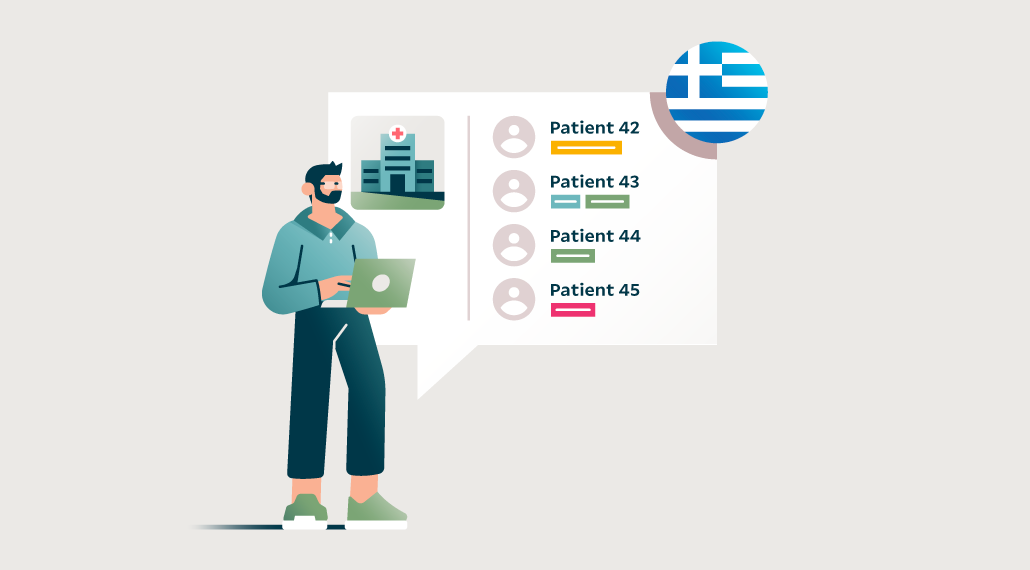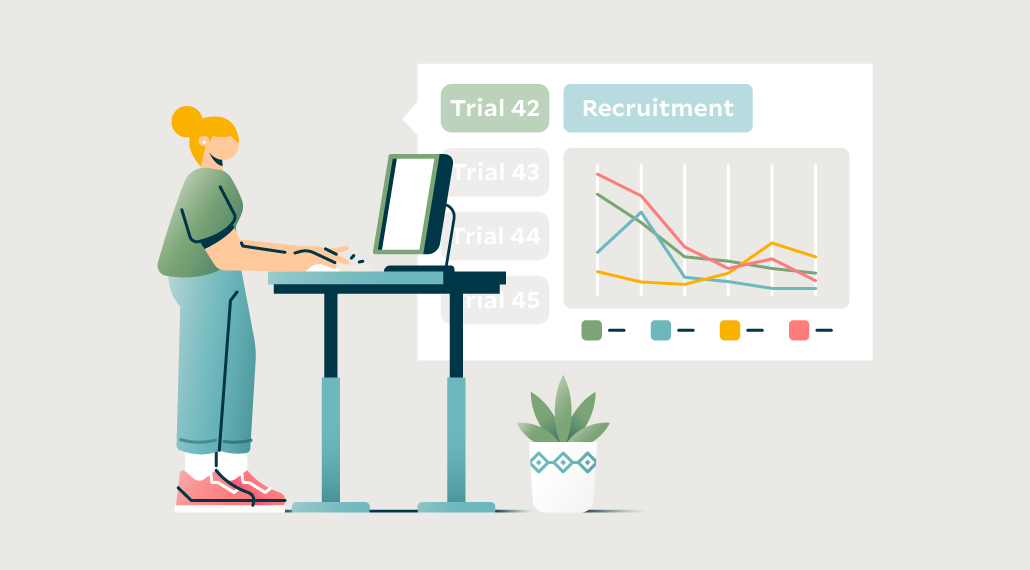August 23rd, 2023
4 Ways to Improve Patient Centricity in Clinical Trials
By OneStudyTeam
.png)
Not only can a patient-centric approach to clinical trials build stronger relationships between patients and their site teams for smoother workflows, it can also increase patient engagement and retention for the duration of each trial.
What is patient centricity in clinical trials?
Sponsors who prioritize patient centricity in their clinical trials account for patient well-being and experience. Essentially, they design clinical trials that are patient-friendly. They ensure patient needs, viewpoints, and preferences are considered during trial planning, and that these needs, viewpoints, and preferences continue to be taken into consideration when decisions are made during the trial.
Patient centricity also indicates that someone who is burdened with a disease is easily able to find a clinical trial that’s right for them or their loved one, and that they’ll be connected with a research team that ensures they don’t slip through the cracks during the enrollment process.
At OneStudyTeam, it’s part of our mission to enroll every enrollable patient and make it easier for patients to access and to qualify for a clinical trial. Here are four ways we work with sponsors to activate more patient centric clinical trials:
- Make it easy for patients to find and learn about a clinical trial that fits their diagnosis and has a site location near them.
- Make it easy and convenient for patients to take the first step in self-identifying and determining eligibility.
- Add a human touch to the recruitment process to build further connections.
- Implement digital pre-screening processes with your sites to better understand and predict patient needs and eligibility barriers.
(1) Make it easy for patients to find and learn about a clinical trial that fits their indication and has a site location near them.
While physician and known patient referrals are a common recruitment source for clinical trials, it’s important to provide opportunities for patients to educate themselves about trial opportunities as well. When you launch clinical trial recruitment websites (like Study Websites) consider providing more than just basic information about each specific trial. What questions can you predict your prospective patients might ask? Consider including answers to:
- Is there a research site near me? (OneStudyTeam builds interactive site finders into trial websites, where patients can search by address.)
- How do I know if I’m eligible? (Provide a list of inclusion/exclusion criteria so patients can quickly assess whether it’s the right use of their time to continue engaging with this particular trial website.)
- What can I generally expect or prepare for if I do pre-qualify?
- How do I move forward from here with clinical trial participation? (See the next step.)
(2) Make it easy and convenient for patients to take the first step in self-identifying and determining eligibility.
Save your patients time and effort – don’t prompt them to call a site team searching for answers or to travel to a site location until they know the trial makes sense for them. Add a digital pre-screener form to your trial website so patients or their caregivers can submit relevant information related to I/E criteria to see if they prequalify for a certain study.
At OneStudyTeam, we build out Global Pre-Screener Forms specific to a protocol to embed right into a trial website. Patients can immediately know if they pre-qualify for a study just by answering a short list of questions online from the comfort of their home.
With the right system in place, your site teams can offer to text patients with appointment reminders and important updates. At the same time, patients can respond with requests for schedule changes or to confirm appointments. Not only is this a convenient way for patients to hear from their research team, it can create an instant connection between a site member and a patient to help that patient feel related to in a familiar, personal way.
(3) Add a human touch to the recruitment process to build further connections.
When you establish earlier human-to-human interactions in the recruitment process, you can drive better conversions. Set up a process that ensures an actual person:
- Notifies patients who don’t qualify for a trial and offers to hold their contact information for future trial participation opportunities. This can build an immediate connection with a potential candidate, making it more likely for them to maintain interest in another upcoming enrollment opportunity – and to feel comfortable considering that opportunity.
- Contacts patients who do qualify for a trial and routes them to the appropriate trial at a study location in their area. Again, this can build an immediate connection with an eligible patient and improve their experience of the clinical trial process. This connection and convenience can support retention as the trial progresses.
(4) Implement digital pre-screening processes with your site teams to better understand and predict patient needs.
Site teams routinely collect patient information throughout the recruitment process and before informed consent. Without establishing a process to digitally receive that pre-screening information, it’s difficult to collect (and filter) crucial insights into patient experience early on in the enrollment process. Determine a method to help site teams gather and share patient centric information like: What are the specific reasons patients decline to participate in the trial so early on? Do they perceive that trial as too risky? Is travel an issue?
One option: Set up a patient enrollment management platform (like StudyTeam) that connects your sponsor-side team to your site teams with secure and automatic routing of information.
Designing patient centric clinical trials is a process.
It takes data to determine how to increase enrollment in your clinical trials. As patient needs evolve, it’s important for sponsors to continue asking questions like: What is preventing patients from enrolling in this specific trial? What burdens are holding up this process and preventing patients from ultimately getting the therapies they need? How can we support site teams in reducing patient burden and building patient connections?
Gathering data around these questions as part of the pre-screening process can inform current trial changes, as well as plans for future trials. Every step toward patient centricity can make trials more accessible and convenient for patients to participate in, ensuring therapies get to market faster to help every patient who needs them.
Related Posts

How Does a Trial Manager in Greece Improve Clinical Trial Operations with StudyTeam®?
Dimitris Tziogas, local trial manager at a biotechnology company in ...
Read More
How to Address Key Clinical Trial Challenges, According to Clinresco Centres in South Africa
There’s no single solution to overcoming a research site’s specific ...
Read More
3 Clinical Trial Billing Challenges Research Sites Solve with StudyTeam
Challenge 1: Complicated coverage analysis Challenge 2: Tedious budgeting ...
Read More
.png?width=64&name=OST%20Transparent%20(1).png)